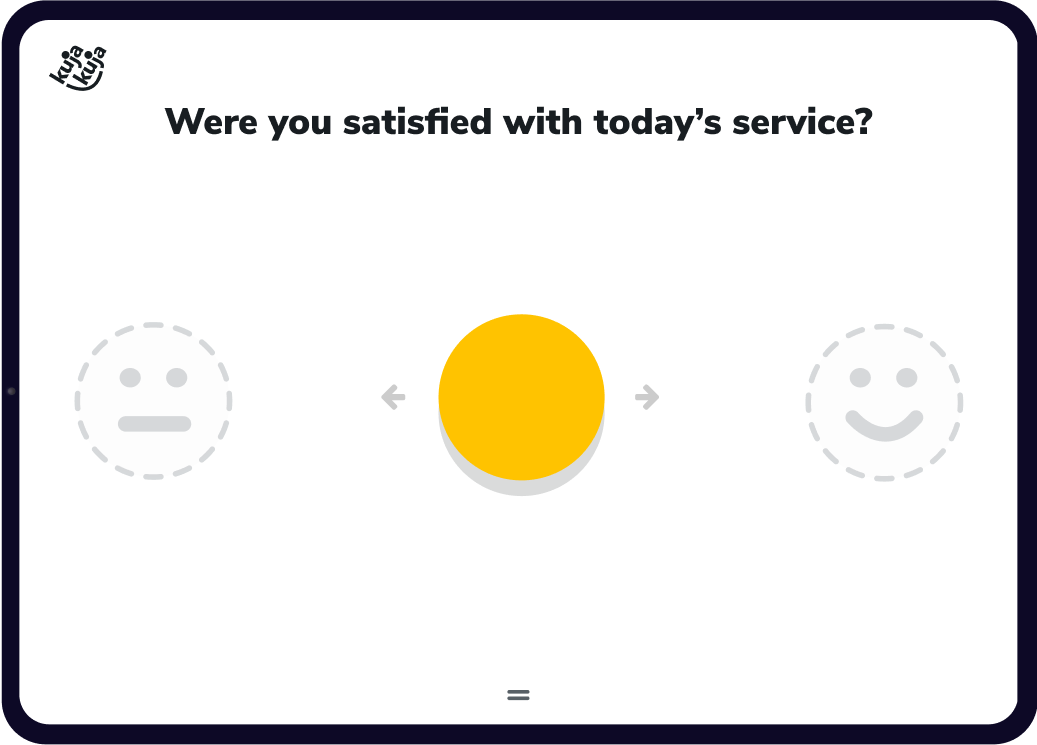Happy New Year and welcome to 2021! Though we know there are difficulties yet to overcome this year, the Kuja Kuja team is approaching the new year with optimism.
As promised, we'd like to continue our series on Access - the ways in which Kuja Kuja speaks with the community to collect feedback and satisfaction ratings.
Quickly after introducing in-person data collection, we found that we wanted to be able to reach a larger percentage of communities when in high volume areas. So, positioned at key areas during morning commutes, as well as high-volume service locations, such as health clinics, we introduced Self-Swipe. In Self-Swipe data collection our Insight Associates position tablets in these locations, and then direct community passersby, or users of the service, to swipe on the tablet, indicating satisfied, or dissatisfied with the services they are receiving.
Then, with high volumes of satisfaction ratings, we can dig into the granularity, seeing differences in satisfaction across times of day or location. In a place like a health clinic, Self-Swipe can be set up across multiple parts of the user journey. How might a service user's satisfaction compare from the waiting room, to the pharmacy, to finally when they are leaving a service, for example?
We haven't continued with Self-Swipe during COVID due to challenges of multiple persons swiping one tablet, as well as a reduced number of our Insight Associates out in location. Another question to overcome with Self-Swipe is the lack of feedback - Self-Swipe represents only satisfaction, and we are asking ourselves if we can gain insight from satisfaction alone, or if feedback is required for further context. Across all of our collection methods, we are looking and learning about different ways to compare services, ratings, and trends across locations, and those that are best to inspire action in our partners.

